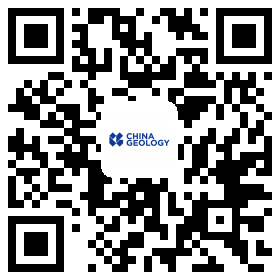column
2018, 1(2): 187-201.
DOI: 10.31035/cg2018031
2018, 1(2): 210-224.
DOI: 10.31035/cg2018025
2018, 1(2): 236-256.
DOI: 10.31035/cg2018028
2018, 1(2): 257-272.
DOI: 10.31035/cg2018024
2018, 1(2): 273-285.
DOI: 10.31035/cg2018021
2018, 1(2): 286-303.
DOI: 10.31035/cg2018020
2018, 1(2): 306-307.
DOI: 10.31035/cg2018034
2018, 1(2): 308-309.
DOI: 10.31035/cg2018033
2018, 1(2): 314-316.
DOI: 10.31035/cg2018035










